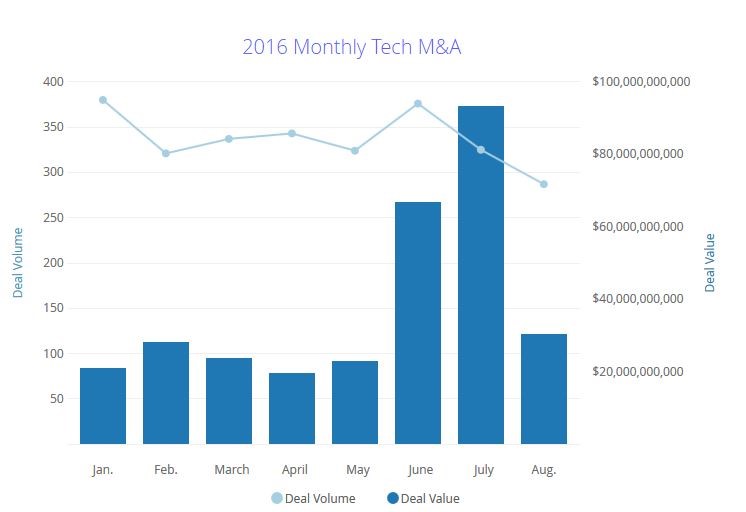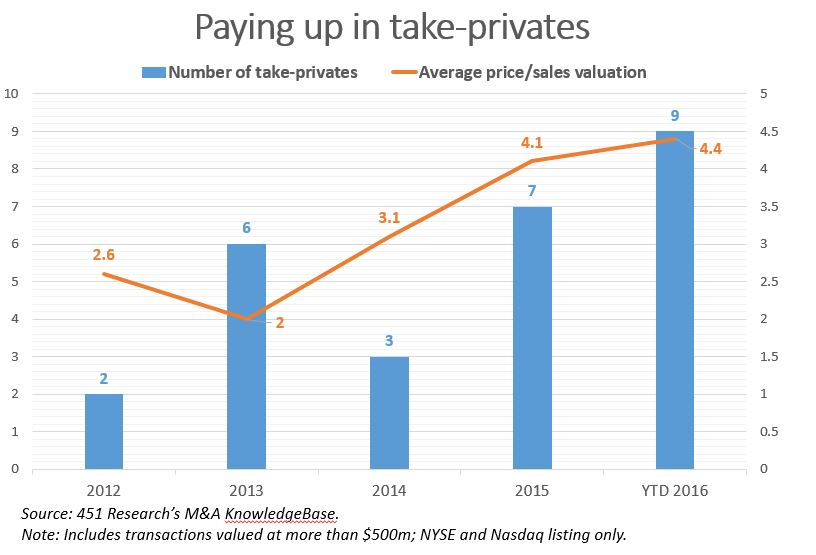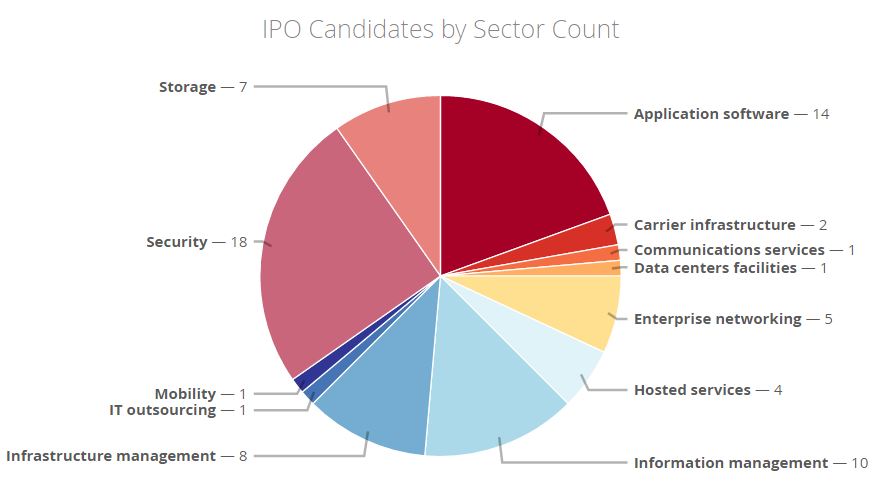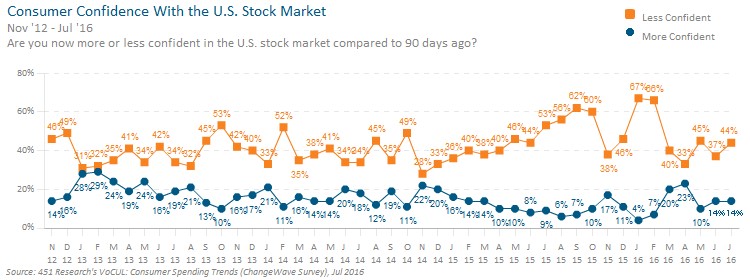Contact: Brenon Daly
Intel’s multibillion-dollar experiment in bringing security in-house and baking it into its silicon is over. The chipmaker announced plans to mostly unwind its six-year-old acquisition of McAfee, which stands as the largest information security (infosec) transaction in history. However, Intel’s divestiture of a majority stake of its infosec division is being done at a substantial discount to the original purchase.
Under terms, Intel will retain a 49% stake in the infosec business, which will revert to the McAfee name, with private equity firm TPG Capital acquiring a 51% stake. The buyout shop will pay $1.1bn in cash and assume $1bn in debt. (The co-owners of McAfee plan to raise a total of $2bn in debt, with $1bn of that held by TPG and $1bn held by Intel.) Altogether, the transaction gives McAfee an enterprise value of $4.2bn, compared with an enterprise value of $7bn for McAfee in Intel’s mid-2010 puzzling purchase.
Sales at Intel’s infosec unit totaled $1.1bn in the first half of this year, according to the company. Annualizing that amount would put revenue at $2.2bn, meaning McAfee is valued at less than two times sales in its divestiture. That’s a relatively low multiple for infosec companies. In its 2010 purchase, for instance, Intel paid roughly 3.5 times sales for McAfee. Furthermore, rival Symantec currently trades at roughly the same 3.5x multiple.
Intel’s divestiture of McAfee, which had been rumored for some time, underscores the fact that infosec is an industry in transition. The move means that two of the largest and longest-standing security companies have undergone dramatic corporate overhauls since just the start of the year. Back in January, Symantec sheared off its Veritas storage business so that it could focus entirely on security. It then followed that up in summer by announcing the second-largest infosec transaction, according to 451 Research’s M&A KnowledgeBase. Symantec paid $4.65bn for Blue Coat Systems, an acquisition that, unusually, installed Blue Coat executives into the top three spots at the acquiring company.





